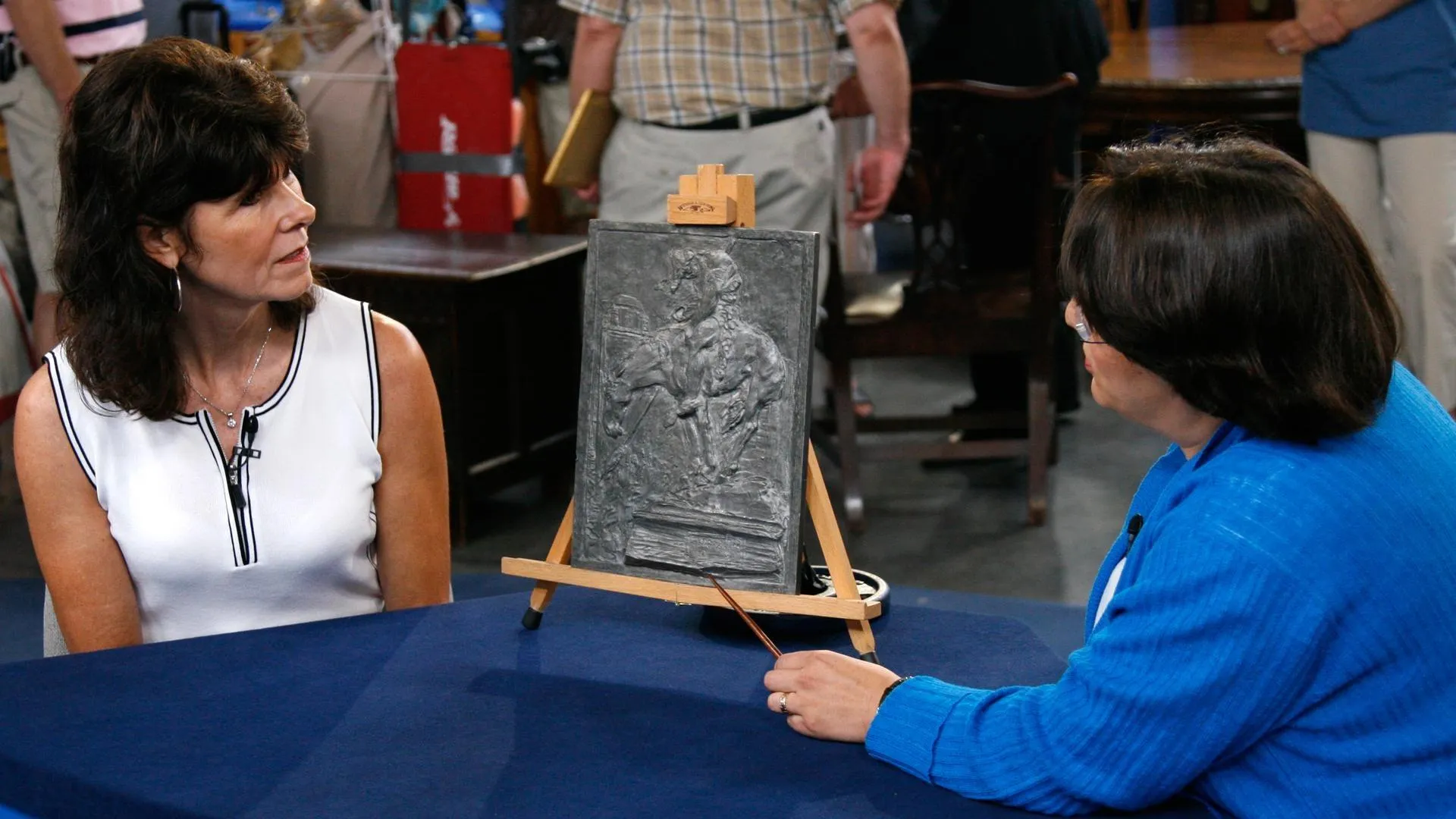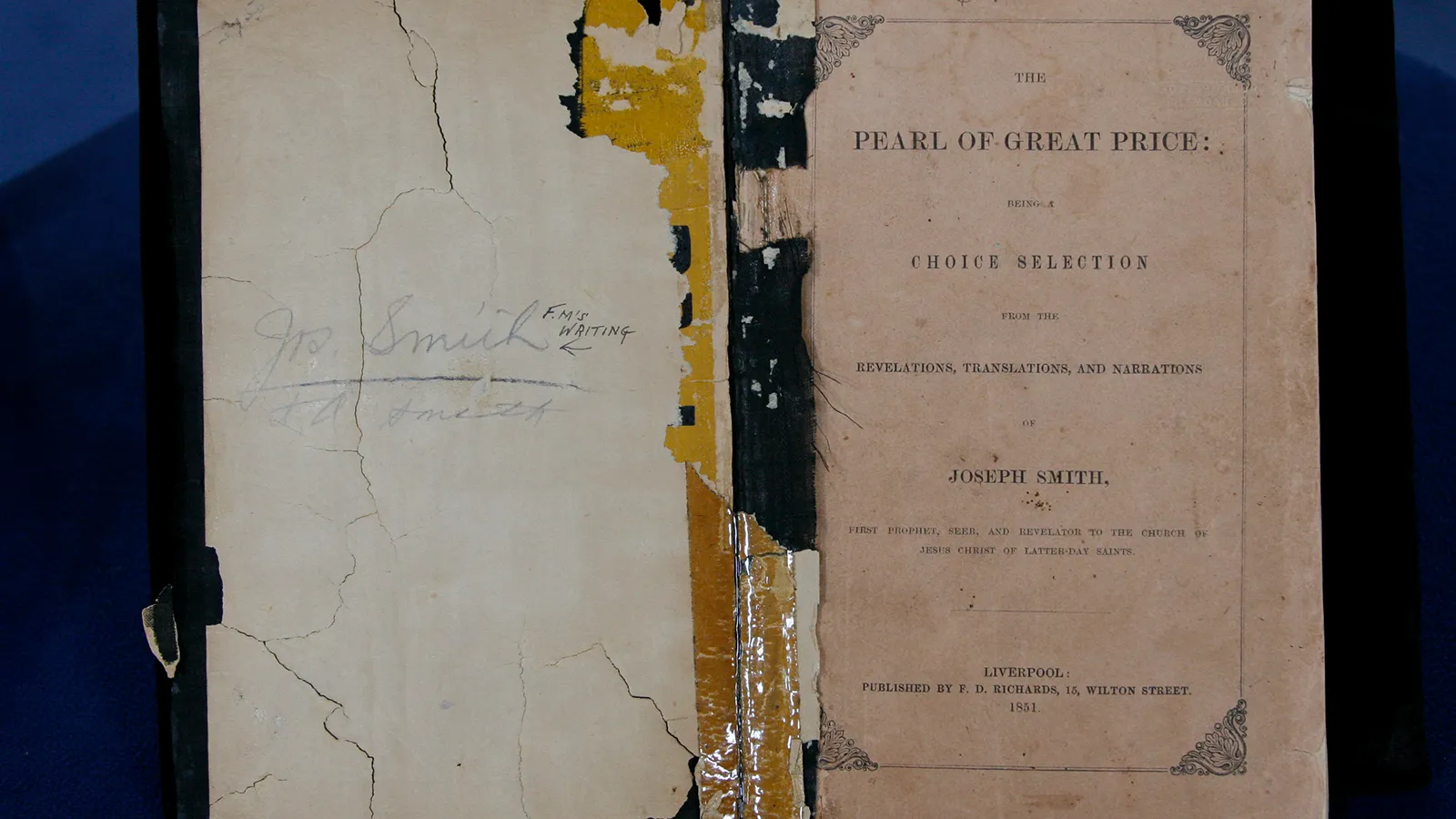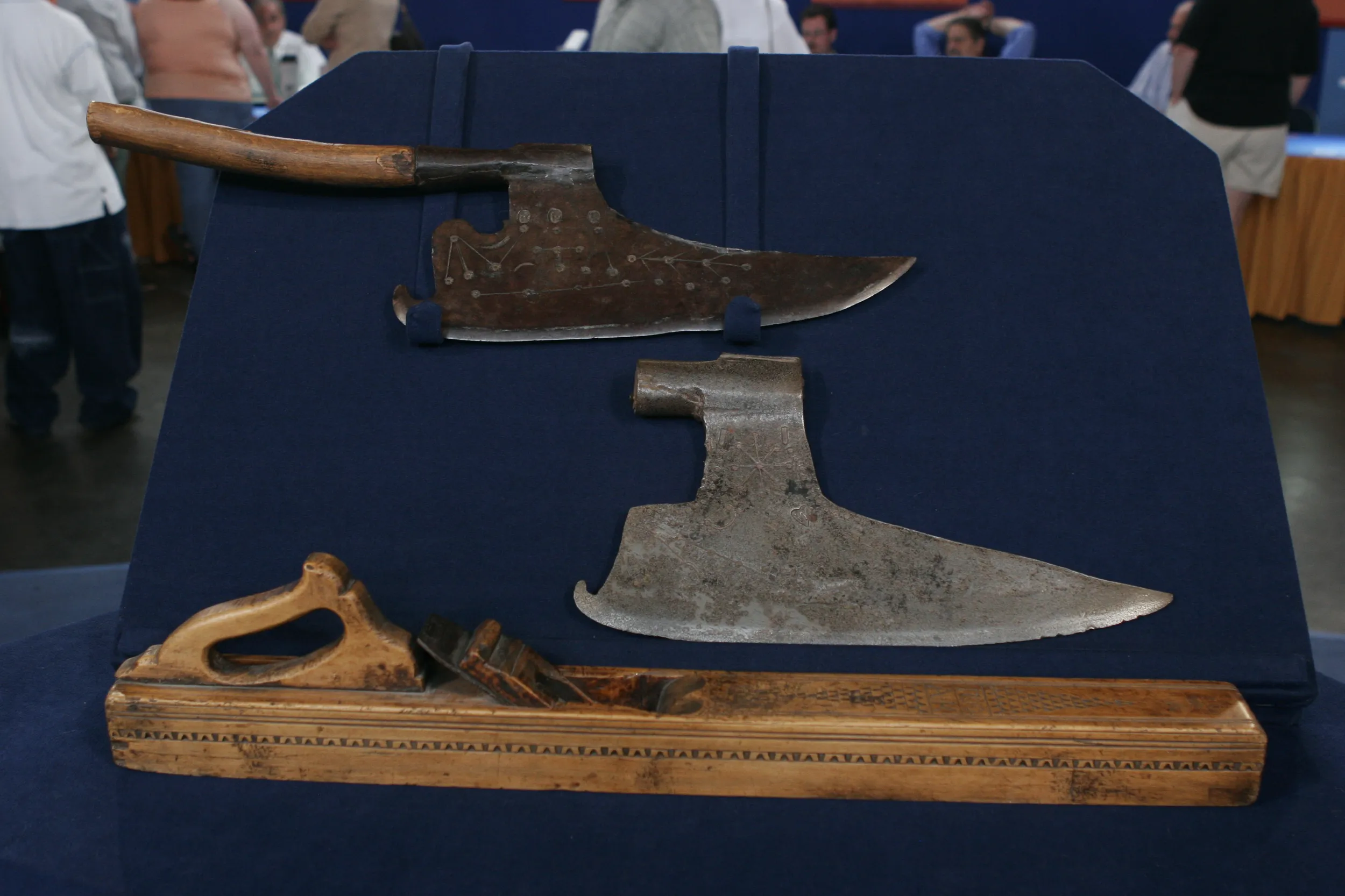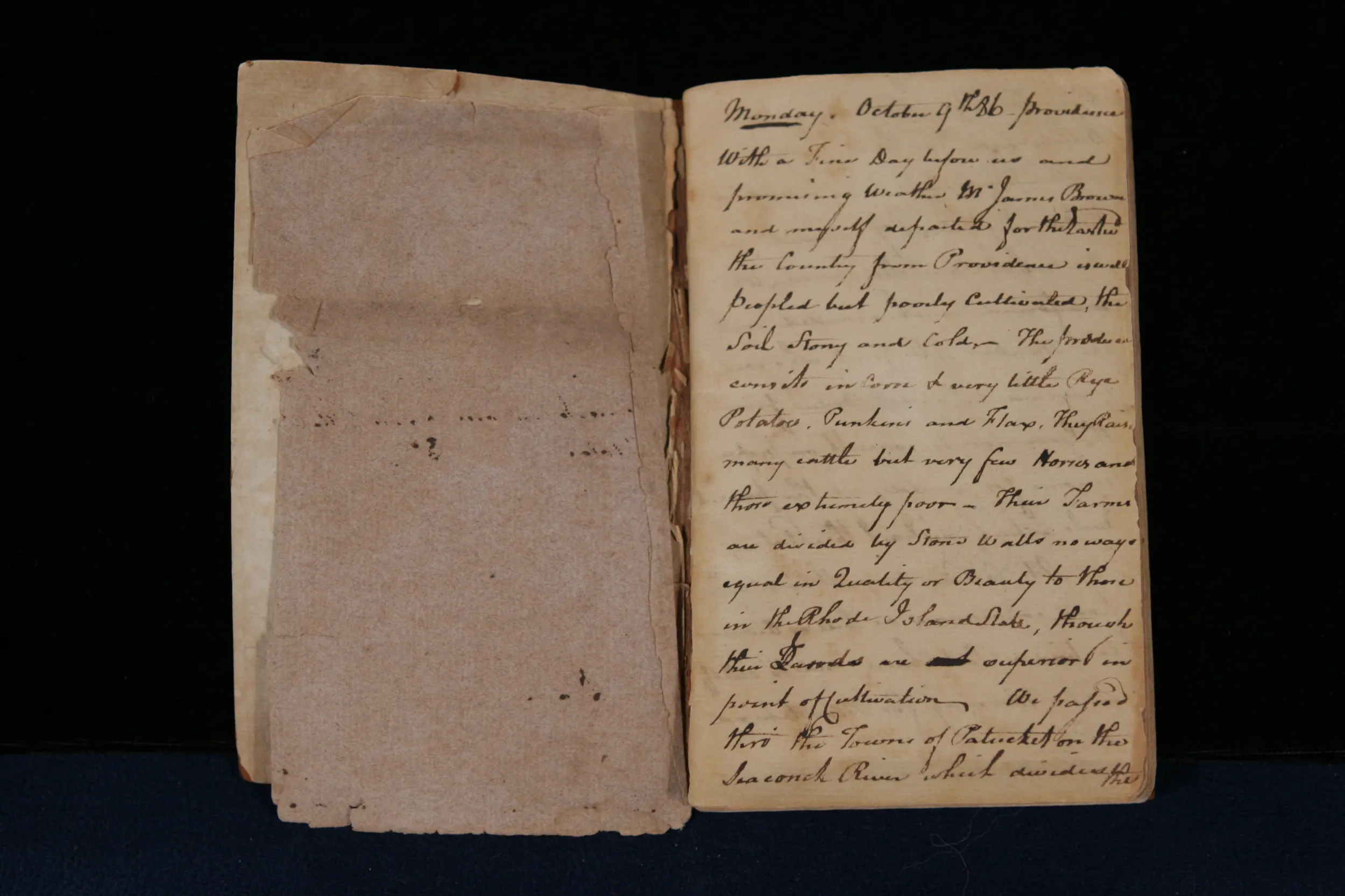GUEST: After the, uh, Second World War, my husband, uh, came back from Germany, and then he was sent to Korea.
APPRAISER: Really?
GUEST: He was a chemist, and he was in charge of the chemical plants over there. A Korean wanted something American-- I really cannot remember what it was-- and he offered to trade my husband whatever he gave him American for this jade collection.
APPRAISER: So your husband got this in trade, and you don't know for what?
GUEST: No, I don't remember. You know, during the war, it could've been cigarettes or soaps, you know, stockings. I really don't remember.
APPRAISER: You know, even though he got this in Korea, these are Chinese jades. The vast majority of these were carved in the 18th century during the reign of the emperor Qianlong.
GUEST: That long ago?
APPRAISER: Yes. He loved white jade, which was mined in, predominantly in Northwest China. And his taste for these wonderful small carvings-- scholars' objects, such as this bi disc, this little censer, and this brush washer, were all made for the imperial court. Since he set the taste, other wealthy merchants decided that they wanted to collect the things that the emperor collected. Of the entire collection, the most important pieces are this piece, the bi disc, the censer, and the incense vase, which would each bring, individually, between $10,000 to $15,000 at auction.
GUEST: Uh... Each?
APPRAISER: The entire collection would bring, probably, now because the market is really hot, $40,000 to $60,000, easily, at auction.
GUEST: Wow.
APPRAISER: What a wonderful acquisition for trade.
GUEST: Mm.
APPRAISER: These are, these are really terrific, beautifully carved examples from the reign of the emperor Qianlong.
GUEST: That much?
APPRAISER: I'm so excited that you brought them in.
GUEST: My children will be very interested, too, because, as you know, eventually, it'll be theirs. (chuckles) I'm really very, very pleased. Astounded.












